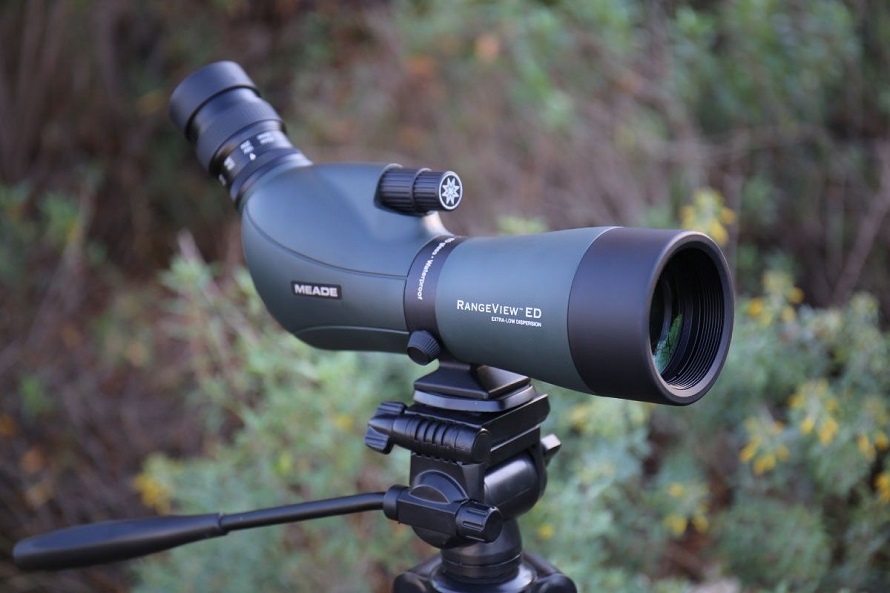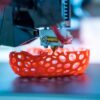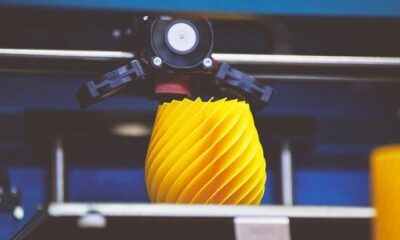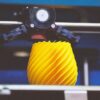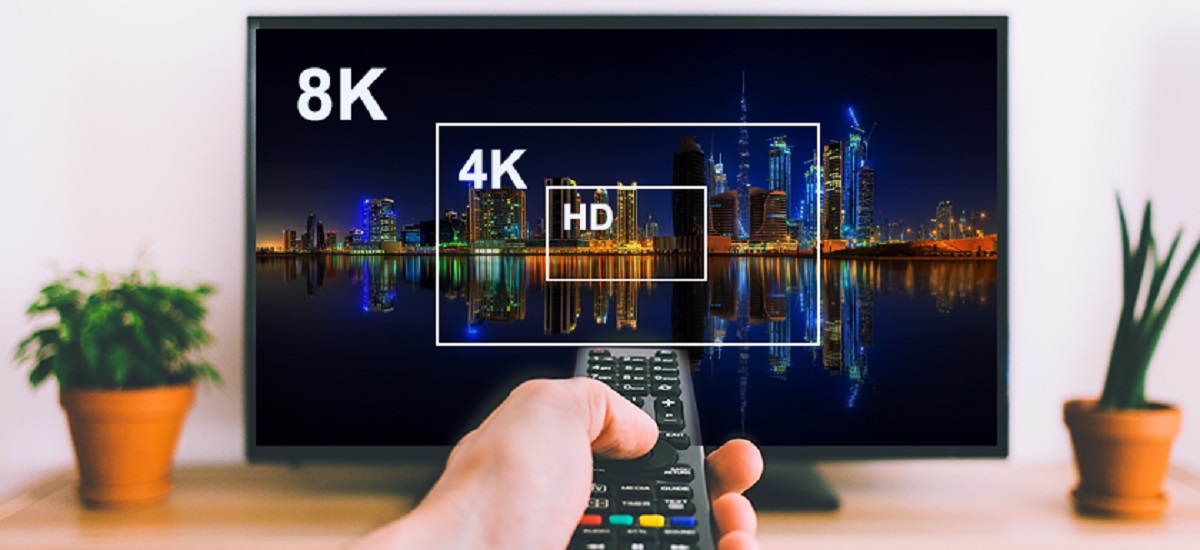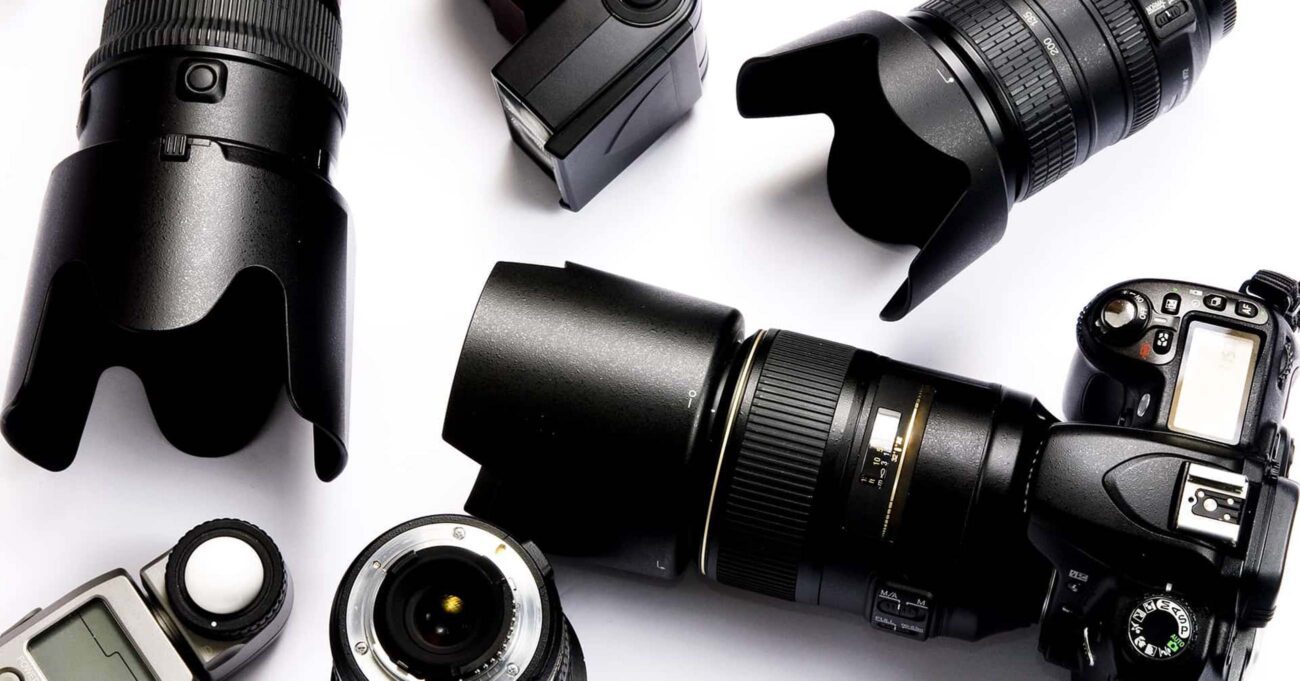Technology
Spotting Scope Buyer’s Guide: Bring the Game a Lot Closer
While many factors will play a role in having a successful hunting experience, such as having the proper camouflage, most hunters would rather agree that success is dependent on being able to find and, at the very least, lay eyes on the animal you are chasing. In order to do this, you’ll need a proper optical unit as part of your hunting arsenal. So if you’re looking for an optic device with a high magnification capability and you are debating between a spotting scope and binoculars, the latter may not always cut it.
Spotting scopes are popular optical instruments that give magnified pictures of distant objects, making them excellent for long-distance viewing and a variety of activities including hunting, birdwatching, camping, surveillance, and astronomy. In certain outdoor situations, spotting scopes outperform telescopes and binoculars because they sit in the middle. They provide a clearer image and more magnification than binoculars and provide the robustness and light-gathering capability that telescopes do not. When shopping for a spotting scope, there are several optical and design features to consider. We’ll go through some of the most essential ones, as well as offer some buying advice to assist you to make the best decision.
Magnification Power
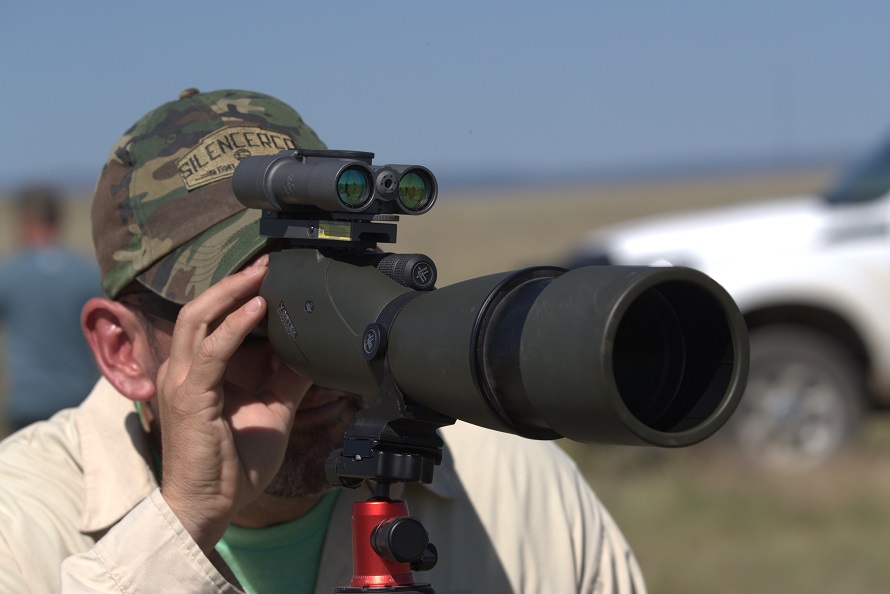
The magnification power of a spotter scope typically ranges from 15x to 250x. This refers to how many times the image will appear closer via the scope than it would if no optical enhancement was used. The eyepiece determines the scope’s power or magnification. These are available in a variety of configurations, including removable or non-removable, fixed or zoom. Removable eyepieces provide an option of zoom or fixed magnification and can typically be swiftly interchanged for convenience and efficiency; the most common fixed magnification eyepieces are 20x, 25x, and 30x. Zoom eyepieces offer variable magnification and can be manually changed within their specified range. With a higher range of magnification power you’ll be able to see more detail, so look to purchase a spotter scope that has a magnification of 20-60X zoom power.
Nowadays, with the advancement of zoom technology, most people favour zoom scopes since items can be easily discovered at low magnification and then zoomed in on to the necessary magnification (for this reason some models come equip with an external peephole for ease of acquiring the intended image before looking through the high-powered lens). However, interchangeable eyepieces can accomplish the same purpose, and many individuals prefer the simplicity of fixed-magnification eyepieces. Previous issues with zoom lenses caused images to become overly dark when magnification reached 60x, however this is no longer an issue with most devices.
Eyepiece Placement: Straight vs Angled
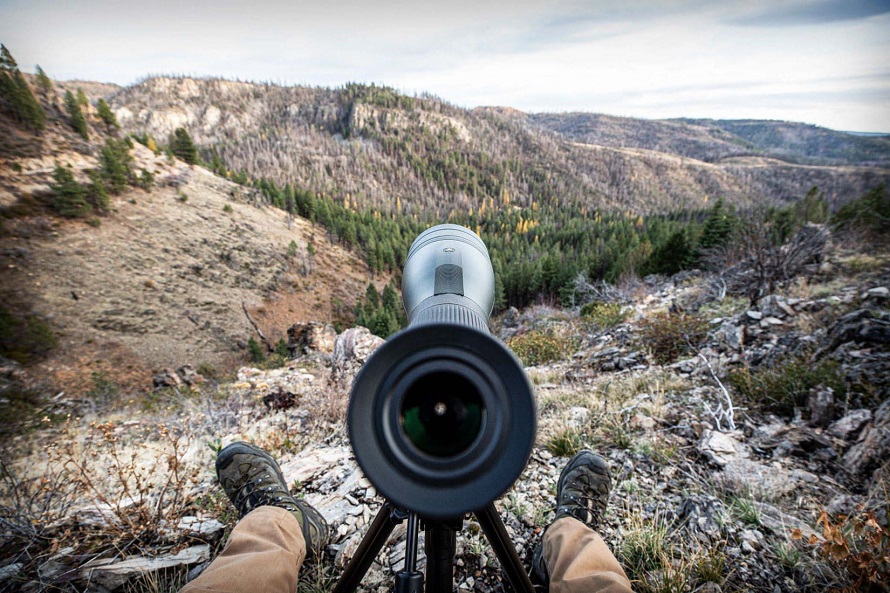
This age-old issue has no right or wrong answer, but rather comes down to a hunter’s choice, amount of expertise, and budget limit. The majority of excellent scope models are available in two configurations: straight and angled. If you usually go hunting by yourself and have a solid, tall tripod, the straight-through view may be a preferable option. You may position the tripod so that the scope is at eye level and use it for extended periods of scanning.
Straight scopes, for example, are more user-friendly and intuitive, allowing for faster target acquisition and considerably easier adjustments while glassing. They’re also less expensive than their angled counterparts and provide a simpler spot-and-stalk position when utilising a window mount from the comfort of your vehicle.
Angled scopes, on the other hand, are more comfortable for users who are sitting or laying down and are more successful when watching animals at upward angles. They’re also more convenient if you want to take turns scanning with your hunting friends because no modifications are required when switching between people of different heights.
Glass Quality

The quality of the glass used in scopes makes a significant impact on the image produced to your eye. Of course, high-quality lenses increase the cost of the scope, but they are well worth the investment. When choosing between higher quality lenses and higher power, the sharpest and clearest image will always provide a more fulfilling experience.
Modern lens coatings improve light transmission, allowing more light to pass through and producing a brighter image. Coated lenses are currently used in all good scopes, and multi-coated lenses are the gold standard. Chromatic aberrations are caused by low-quality lenses. Colour “fringing” surrounding an object is caused by lens dispersion, which occurs when colours of various wavelengths flow through the glass unequally and focus on slightly different spots. ED glass, which stands for “Extra-low Dispersion,” is used in good optics to eliminate this. The image is much sharper with all colours focusing on the same point. Unfortunately, not all optics manufacturers use the same terminology, and their low-dispersion lenses may be labelled as HD, XD, or APO.
Light-Gathering Capacity
A spotting scope’s light-gathering capability, like that of binoculars, is determined by the size of the objective lens (the one farthest from your eye). This number generally ranges between 50 and 100 mm depending on the model. Larger objective lenses produce clearer pictures in general, but they also make scopes heavier and more difficult to transport.
Focusing Mechanism
Normally, focusing with a spotting scope is accomplished in one of two methods. With a focusing collar, the entire barrel of the scope is knurled or rubberised, and you just spin the entire barrel to sharpen the image. The other style employs a smaller focus knob, which is generally positioned near the eyepiece on the top of the scope. These are more consuming to use yet allow for more accurate focusing. Your hand size and dexterity may be an issue here, so experiment with each style to discover your favourite.
Tripods and Window Mounts
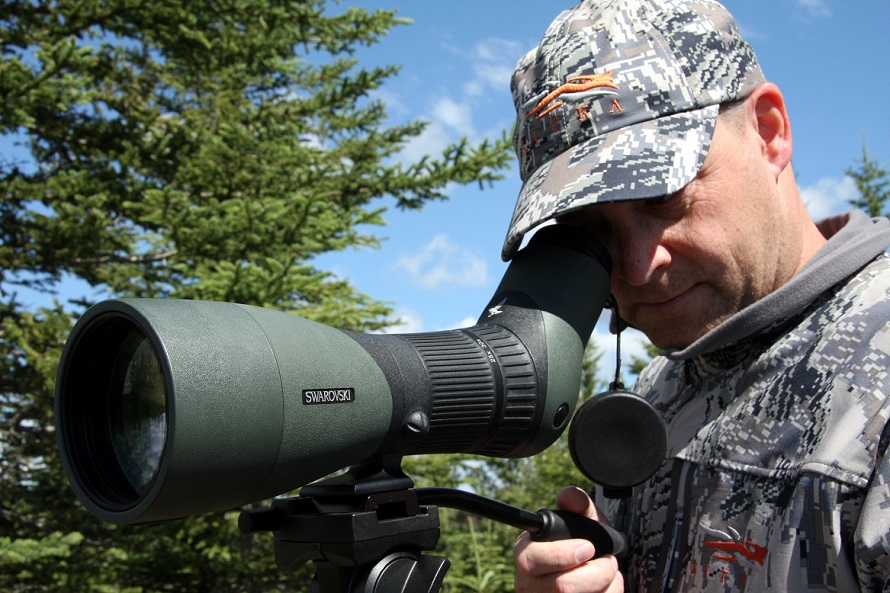
Because scope viewing is always at a higher magnification than binocular viewing, a sturdy foundation is required. To decrease the scope’s movements when viewing, invest in a sturdy, hefty tripod. A decent tripod will set you back at least $100. Even though scopes and tripods are sold separately, you can find a decent deal on a spotting scope and tripod bundle. A window mount is significantly less expensive, ranging from $25-$45 and is an excellent tool for observing wildlife while driving.


